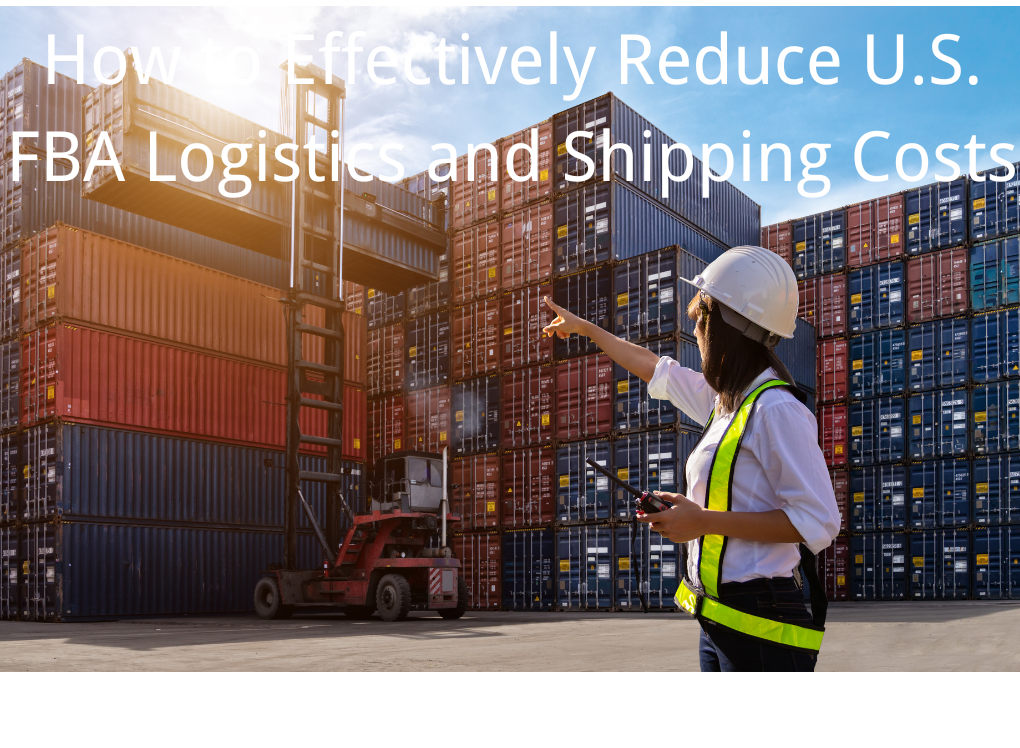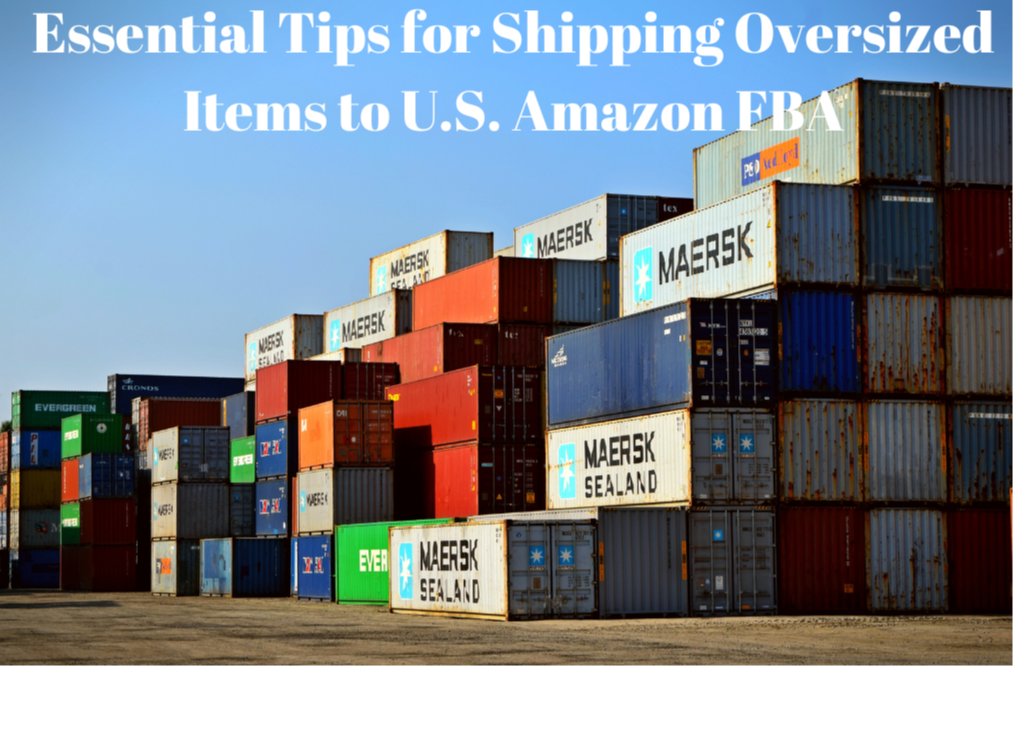FBA LCL Quote
FBA 40HQ FCL Quote
What is Air Freight Forwarding?
Air freight forwarding is the process of organizing and managing the transportation of goods via air carriers. This includes coordinating various aspects such as shipping arrangements, rate negotiations, shipment tracking, and documentation assistance. Freight forwarders act as intermediaries between shippers and carriers, handling the logistical complexities to ensure the smooth transfer of goods from one destination to another.
The process typically begins with the consignor (shipper) contacting a freight forwarder to arrange the shipment. The forwarder liaises with airlines to secure space on a suitable flight. Once the goods are prepared, they are transported to the airport for loading onto the aircraft. During transit, the forwarder manages documentation and ensures compliance with regulations. Upon arrival at the destination airport, the consignee (receiver) takes possession of the goods after customs clearance.
Air freight forwarding is particularly beneficial for transporting goods over long distances quickly, making it ideal for time-sensitive items such as perishables and electronics. However, it is generally more expensive than other modes of transport and has limitations in cargo capacity and environmental impact.
The Air Freight Transportation Process
1. Shipment Preparation
- - The shipper properly labels, marks, and packages the cargo according to IATA Cargo Handling Manual (ICHM) standards.
- - The freight forwarder receives the shipment from the shipper, verifies documentation, and ensures security requirements are met.
2. Flight Planning
- - The freight forwarder plans the flight route and prepares a build-up plan for loading the cargo onto the aircraft.
- - The carrier receives the pre-plan details and the initial build-up plan.
3. Cargo Build-up
- - The freight forwarder collects the freight, performs serviceability checks on the ULDs (unit load devices), and consolidates the cargo as per the build-up plan.
- - The final load is transferred to the carrier or ramp handling agent.
4. Air Transport
- - The cargo is transported by air to the destination airport, with the freight forwarder managing documentation and regulatory compliance during transit.
- - High-value and time-sensitive goods, such as electronics and perishables, are well-suited for air freight due to the speed of delivery.
5. Delivery and Customs Clearance
- - Upon arrival, the consignee takes possession of the goods after the necessary customs clearance procedures.
- - The freight forwarder assists with customs formalities and final delivery to the consignee.
Key Considerations in Air Freight Transportation
Sustainability and environmental impact: Air freight has a higher carbon footprint compared to other modes of transport, which has led to increased focus on sustainability measures, such as the use of more fuel-efficient aircraft and the optimization of cargo loads.
Changing market dynamics: The air freight industry has faced challenges in recent years, including stagnating transport volumes since the 2008 financial crisis. Adapting to these changes requires air freight players, such as shippers, airlines, airports, and freight forwarders, to optimize their operations and explore new opportunities.
Operational decision-making: Understanding the real-world air cargo operations, including processes at warehouses, cargo terminals, and airports, is crucial for making informed operational decisions and improving the efficiency of the air freight supply chain.
Air Freight Brokers: A Crucial Link in the Supply Chain
Air freight brokers play an indispensable role in modern logistics, offering a vital service that connects shippers with air carriers for the efficient and expedited transport of goods. With expertise in the complexities of air freight, these brokers ensure that shipments reach their destinations swiftly and securely.
Advantages of Using Air Freight Brokers
- 1. Speed
Air freight is the fastest mode of transportation, making it ideal for urgent and time-sensitive shipments. Brokers facilitate this speed by efficiently managing all aspects of the air freight process.
- 2. Reliability
Despite occasional weather-related delays, air freight remains one of the most reliable shipping methods. Brokers provide real-time updates and tracking, allowing shippers to monitor their cargo's progress.
- 3. Security
Airports are highly regulated and secure environments, reducing the risk of theft or damage. Minimal handling and tight security protocols ensure the safety of goods throughout the journey.
- 4. Flexibility
Air freight brokers offer flexible shipping options, including charter services for urgent or exclusive shipments. This flexibility allows businesses to choose the most appropriate service level for their needs, from next-flight-out options to deferred shipments for less urgent cargo.
Challenges and Considerations
While air freight offers many benefits, it is also one of the most expensive shipping options. Businesses must weigh the cost against the advantages, such as reduced inventory carrying costs and the potential for capturing market share by meeting tight delivery deadlines. Additionally, certain goods may be restricted from air transport due to safety regulations, which brokers can advise on.
In Conclusion
Air freight transportation is a complex and interconnected process that requires coordination among various stakeholders, adherence to regulations, and a focus on sustainability and operational efficiency. By understanding the key steps and considerations, businesses can leverage the speed and reliability of air freight to enhance their global supply chain strategies.



